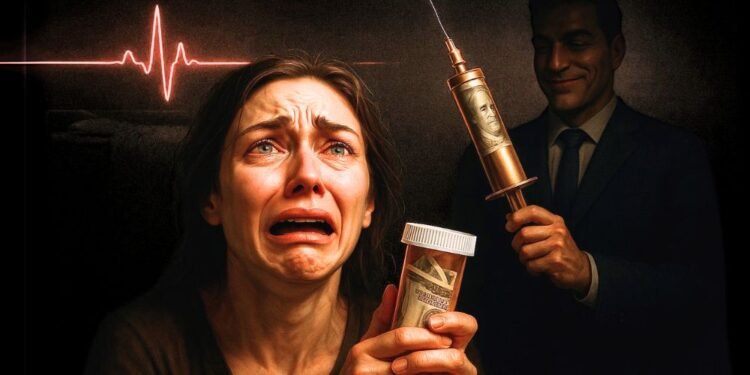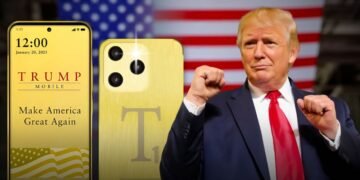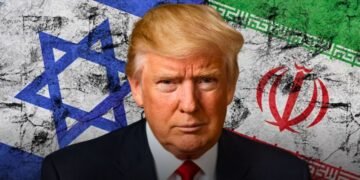There’s something deeply wrong with a system where people die not because there’s no cure — but because they can’t afford it.
From cancer drugs to HIV treatment, from insulin to vaccines, the pharmaceutical industry has helped extend life expectancy around the world. But behind the breakthroughs lies a harder truth: access isn’t about science — it’s about power.
And in the world of Big Pharma, patents are the weapon of choice.
Patents: The Invisible Barrier
When pharmaceutical companies develop new drugs, they’re granted exclusive patents — legal monopolies that allow them to be the sole producer for 20 years or more. In theory, this protects innovation. In practice, it’s been twisted into a system of “evergreening” — tweaking a formula just enough to renew the patent and lock out competition.
The result? Generics that could lower costs by up to 90% are delayed for years, keeping life-saving treatments far out of reach for lower-income patients and entire nations.
In the U.S. alone, drug companies file an average of 125 patents per medication, ensuring extended dominance of the market long after the science is done.
TRIPS and the Global Lockdown
Globally, the game is even more rigged. Through the WTO’s TRIPS agreement (Trade-Related Aspects of Intellectual Property Rights), developing countries were forced to adopt Western-style patent protections — often at the expense of their own public health needs.
During health crises like the AIDS epidemic or COVID-19, countries like South Africa, India, and Brazil tried to produce or import cheaper generics. In return, they were threatened with trade sanctions or lawsuits.
The global IP regime has created a system where legal barriers, not scientific ones, determine who gets treated — and who doesn’t.
COVID-19: A Case Study in Controlled Access
When COVID vaccines were developed at record speed, it was hailed as a modern miracle. But what followed wasn’t global solidarity. It was corporate gatekeeping.
Companies like Pfizer and Moderna refused to waive patents — even during a pandemic. Wealthy nations stockpiled doses while developing countries waited months, if not years, to begin mass rollout. In 2021, 75% of all vaccine doses went to just 10 countries.
Meanwhile, pharmaceutical CEOs made billions.
The R&D Myth
The industry justifies high prices by citing R&D costs. But most foundational drug research is publicly funded, developed through taxpayer dollars via universities, military grants, and institutions like the NIH.
In reality, Big Pharma spends more on marketing and lobbying than actual innovation. According to reports, 9 of the 10 largest drug companies spend more on advertising than on R&D.
So when the same public that helped fund a breakthrough ends up paying inflated prices to access it — that’s not a system built on innovation. That’s a racket.
Where Does the Philippines Stand?
The Philippines imports over 80% of its medicines, and while cheaper medicine laws exist, enforcement is inconsistent. Patent restrictions prevent local manufacturers from producing generic versions of many critical drugs. Black market meds, overpriced prescriptions, and counterfeit treatments fill the gap.
Without a strong local pharmaceutical sector, Filipinos remain at the mercy of both global pharma monopolies and weak domestic regulation.
There are signs of resistance. India’s Cipla famously slashed the cost of HIV treatment to $1/day. Brazil broke patents to roll out affordable AIDS meds. Global initiatives like the Medicines Patent Pool aim to share life-saving drug formulas with countries that need them most.
These aren’t acts of theft. They’re acts of survival.











